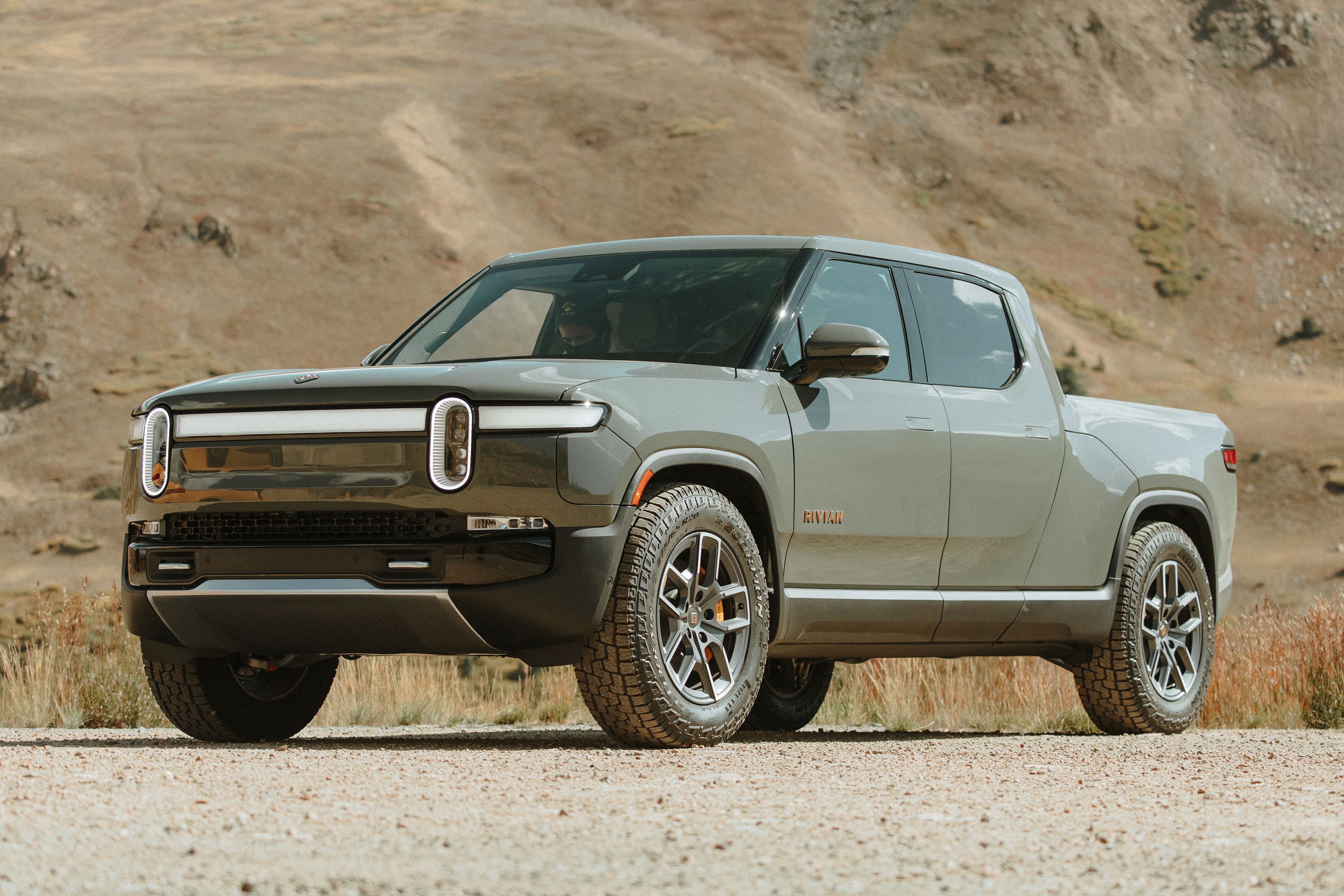The launch of the Rivian R1T Truck and R1S SUV has been a bit rocky, to say the least. The fully electric offerings started to look like promising products when they were first revealed, but as time has progressed, several cracks have formed in the walls. So far, just a handful of units have been delivered to customers at which time, more established manufacturers such as Ford and Chevrolet have hit the ground running with their electric trucks. What Rivian doesn't need now are quality issues, but that's precisely what's happening as a problem with the hood has surfaced.
A communication document with the National Highway Traffic Safety Administration (NHTSA), which is currently crash testing the Rivian truck range, dated January 13, 2022, reveals that there is an insufficient amount of adhesive applied to the inside of the hood of some units.
Rivian reveals that it has learned of this defect through a customer satisfaction campaign aimed at improving the quality of its cars. This flaw in particular includes those who have taken delivery of 2022 models produced between August to October 2021. The brand explains that this lack of hood mastic adhesive does not appropriately bond the outer and inner sections of the hood.
As a result, customers are experiencing an annoying fluttering noise at speeds of more than 70 mph. To resolve this, it will have no remove the hood liner, inspect a detailed set of paths and apply adhesive where necessary. The adhesive needs to cover the entire path rather than just some sections. Once applied, any excess adhesive must be wiped away before reinstalling all of the components. Rivian still needs to detail how many units are affected and when it will commence the repair process.
In late January, the company announced plans to open a second factory in Georgia in a bid to increase its production output, although the decision was met with some resistance from the locals. Pushing it further back was a recent report of a production break that was initiated for repairs and enhancement to be made at its Illinois facility.
The most recent decision that has got future customers and current investors up in arms is its decision to bump the cost of its quad-motor products up by 20% over the initial 2018 prices. It cites that the reason for this was so that the cars could adhere to the updated rate of inflation that is affecting the cost of its operation and supplied components. Hopefully the brand can get out of its latest (not so) sticky situation quickly.

